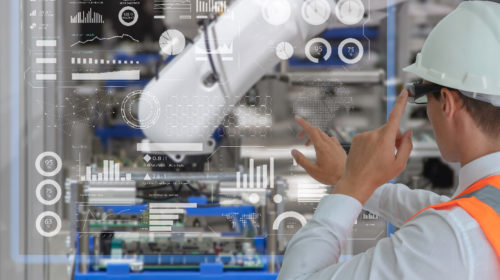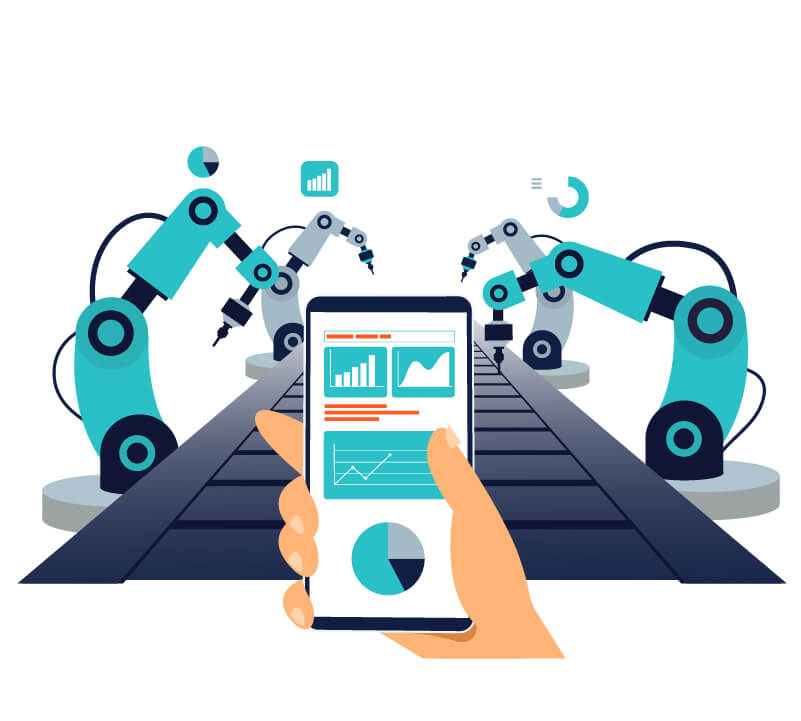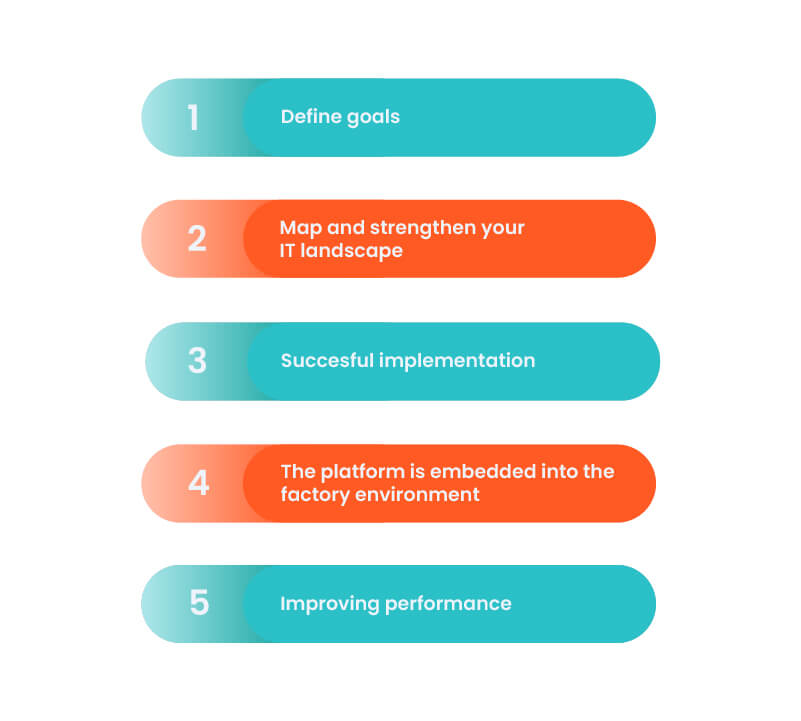
Why Every Manufacturer Should Have a Connected Worker Platform
Discover how a connected worker platform creates a factory environment in which workers can easily communicate and share information with each other.

Smart technology has caused a revolutionary shift in the way work is done in factories. Frontline workers can now use digital tools to interact with their equipment and communicate with everyone who is involved in work on the factory floor. A connected worker platform is an indispensable tool for transitioning your operators to connected workers. It creates a factory environment in which people can easily communicate and share information with each other.
Let’s find out why every manufacturer should use a connected worker platform in their factories.
What is a connected worker platform?
A connected worker platform is a software that connects everyone involved in factory floor activities, ranging from frontline workers to plant management and global maintenance teams. It does this by gathering the tools and methods of communication that workers use on a single platform. Data is stored in an easily accessible and unified database, allowing operators and managers to find information about recurring deviations, access knowledge to fix ongoing issues, and make reports for shift handover meetings, among other things.
The benefits of a connected worker platform

Intuitive tools for communication and data storage
The downside of communication and data storage methods like the telephone and digital tools like Excel, is that important information can be easily lost or forgotten. A connected worker platform, on the other hand, stores SOPs, knowledge articles, and information relating to breakdowns in a central database. If a problem occurs that has already been solved in the past, any information relating to its solution is always within a click’s reach. Workers can, for example, see which people were involved in fixing a breakdown, what they discussed, which steps they took toward a solution, and so on.
These benefits can even extend to other factories. If a breakdown is solved in a certain factory, information pertaining to its solution can be shared with other factories, leading to improved collaboration between plants. Instead of being confined to a single plant, a solution can help improve your manufacturing operation on a global scale.
The single pane of glass
In most factories, operators must learn to use a plethora of tools to properly perform their work, and they consequently have to be trained for an extensive amount of time. Tools are often reached through different entry points, which can cause workers to get frustrated, as they will not always know where to go and what to do when they have to perform a task
A connected worker platform fixes this problem by allowing workers to reach every tool through the single pane of glass of a tablet, smartphone, or PC. A platform like 4Industry can integrate tools for day-to-day tasks as well as specialized tools, and furthermore allows workers to interact with tools they aren’t familiar with.
If the platform integrates with a LIMS system, for instance, it isn’t necessary anymore for operators to be taught to use it. Instead, they can indirectly interact with the LIMS system through the more familiar and easy-to-use connected worker platform. The platform also has the ability to store SOPs and knowledge manuals, which allow workers to independently teach themselves to directly interact with systems they haven’t been trained to use.
How a connected worker platform enhances existing tools
Integration with existing tools
It should be emphasized that a connected worker platform does not replace existing specialized tools. Instead, it connects to and integrates tools so they can be accessed through the platform’s interface. A platform therefore needs to have the capability to both import data from and send data to external systems.
Creating smart workflows
After integrating your tools with the platform, the next step is creating the workflows you need. 4Industry’s connected worker platform can, for example, transform a SCADA trigger from a conveyor belt motor into a notification for the people working in its vicinity. Those people can then view the newly created deviation and start working on fixing the issue that was triggered by the SCADA.
How a connected worker platform is implemented
Implementing a connected worker platform takes careful planning. To give you an idea on how to implement a connected worker platform, we’ve written a five-stage implementation guideline.

1. Define your goals
In the first of two preliminary stages, you define what you aim by implementing a connected worker platform, and which functions you want it to have. Then, you start thinking about which platform suits your needs. There are a lot of criteria that should be considered carefully in order to arrive at the platform that’s perfect for your manufacturing operation. These are treated extensively in our whitepaper about this subject.
2. Map and strenghten your IT landscape
The way the platform will cover the functionalities you desire is designed. You define which modules you want the platform to have, which systems and machines it will be connected to, and so on.
3. Successful implementation
The platform is implemented and used by a small group of people, preferably linked to a single production line. Workers are trained to use it and asked to give feedback about it, so adjustments can be made.
4. The platform is embedded into the factory environment
After the platform is implemented, workers must be stimulated to continue using it. In our experience, gamification can be a great way of keeping workers eager to use a connected worker platform.
5. Improving performance
The platform is successfully implemented and embedded, and can now be used to deliver a contribution to your plant’s continuous improvement efforts.
Related Articles

Digitize your inspections, audits and checklists

4Industry targets Nordic market via strategic partnership with Advania

